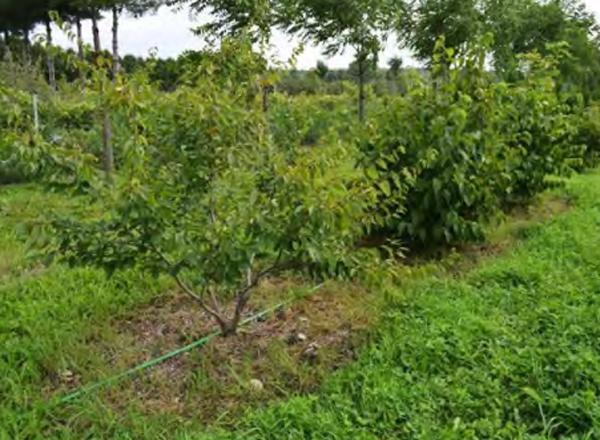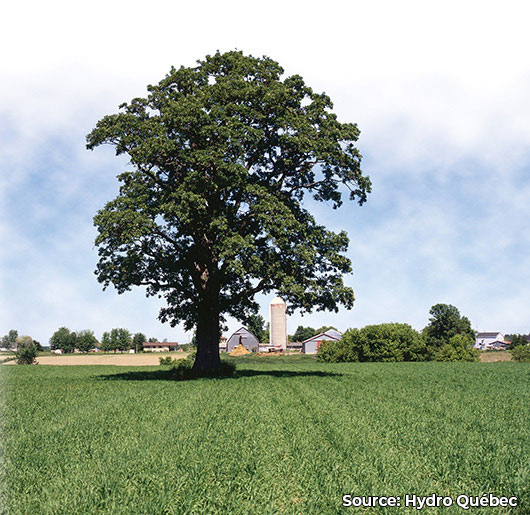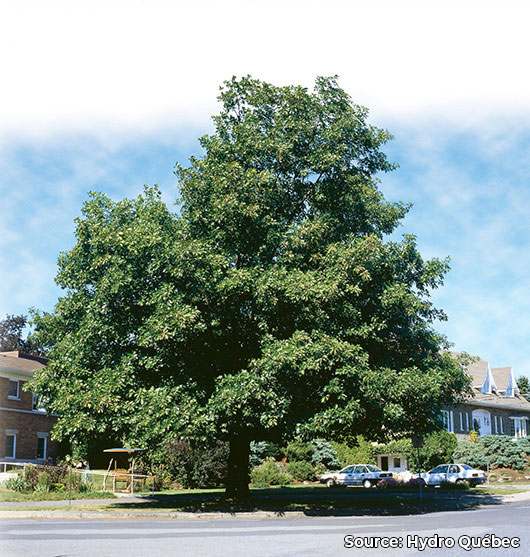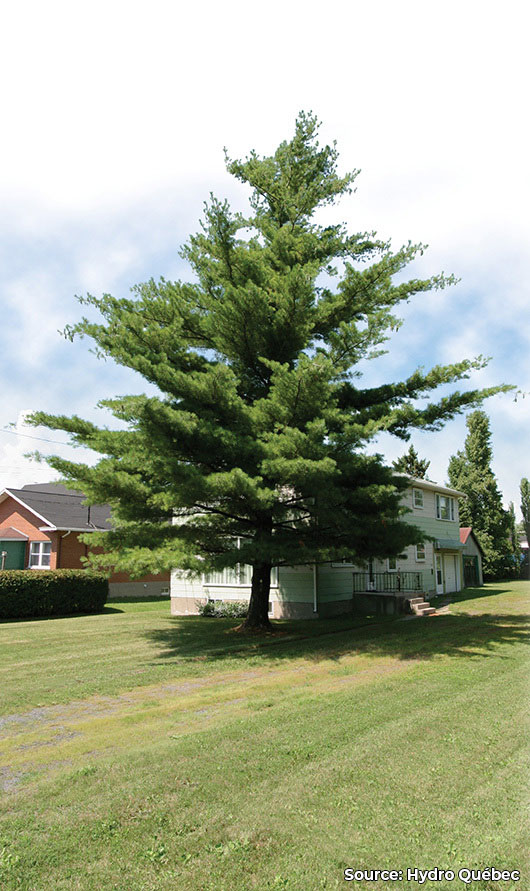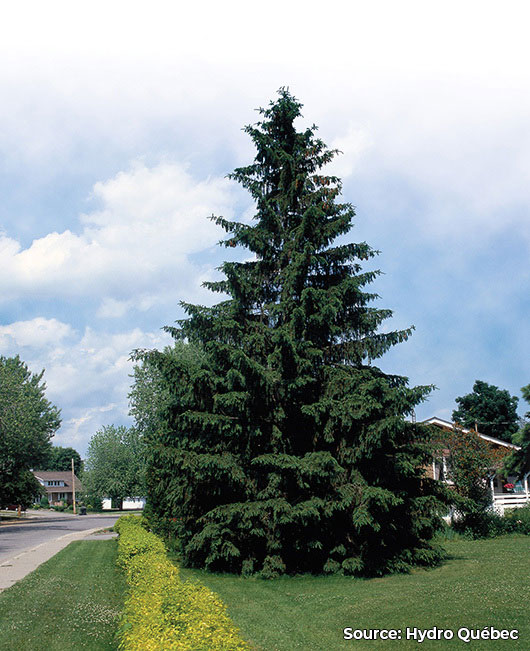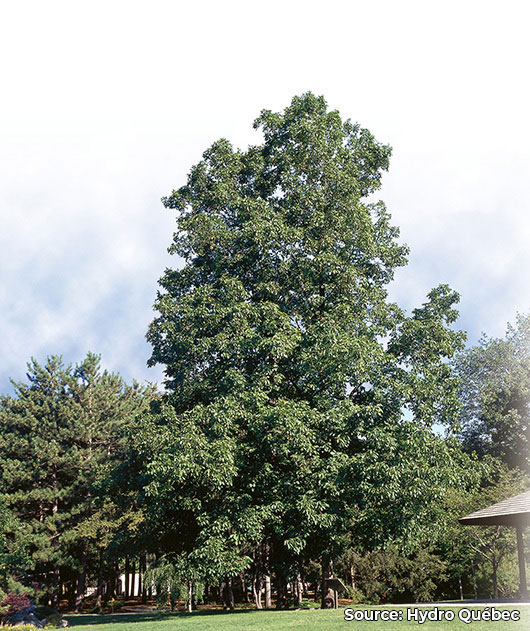The American Hazel has a shrubby habit, with beautiful dark-green, pubescent, heart-shaped leaves. An essential species for planting edible nuts that everyone loves!
Hardiness zone: 4a
Height: 3 m
Width: 1.5 m
Growth: Rapid, spread by stolons (aerial roots).
Exposure: Sun or part shade.
Appearance: bushy, dense growth habit, strongly upright branches spreading with age.
Soil: Well-drained, sandy loam with neutral pH and medium humidity. Avoid heavy clay soils.
Rooting: Superficial, often slow and difficult to establish after planting.
Diseases and insects: Few pathological problems, resistant to hazelnut blight, but prone to damage caused by certain weevils (balanins).
